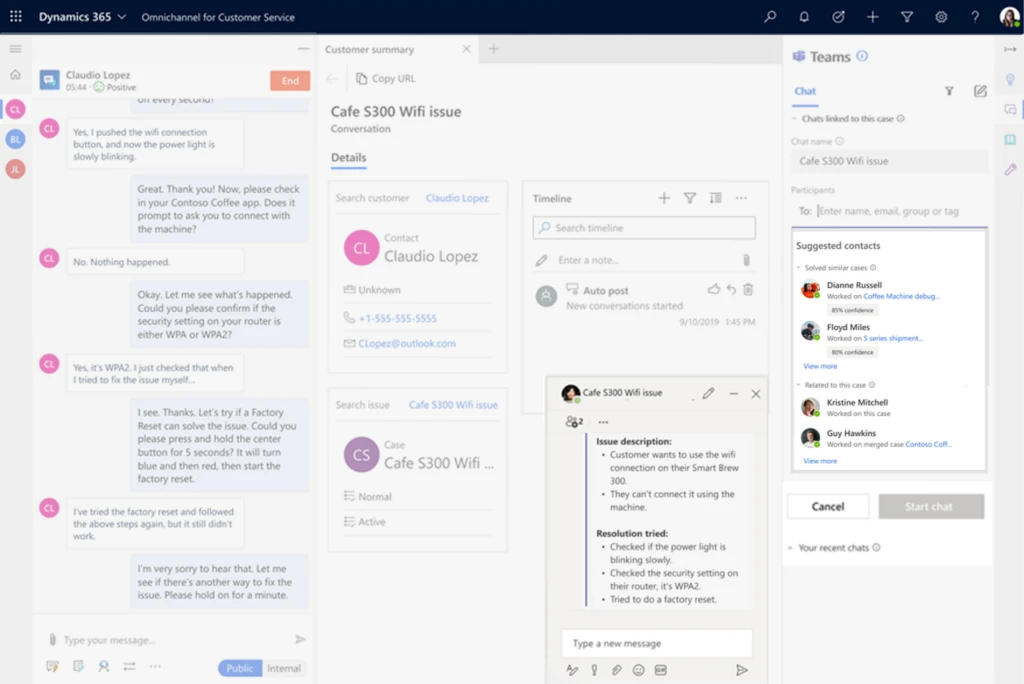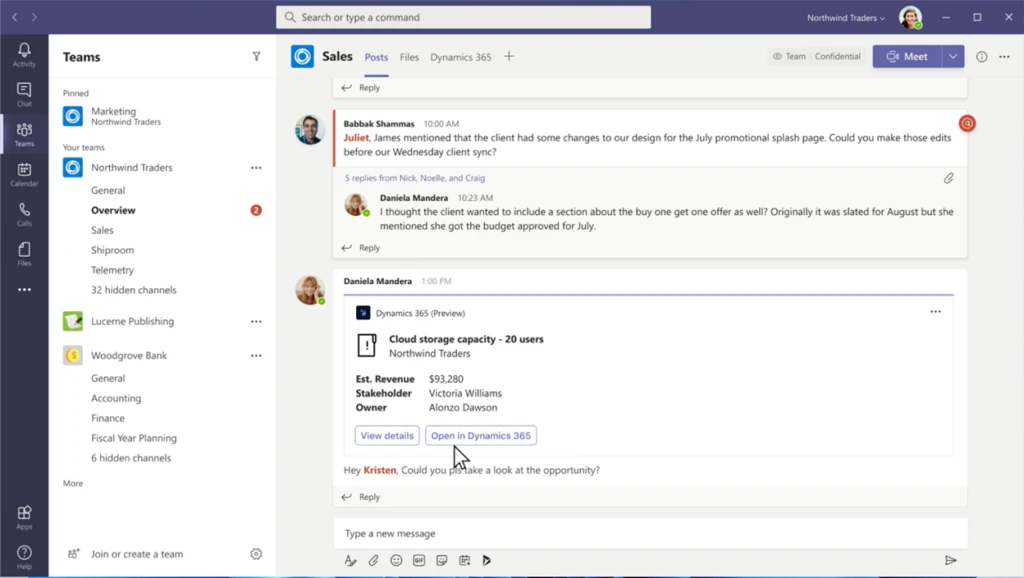
Attend the Project Management for a Connected World digital event
This article is contributed. See the original author and article here.
Collaborate, innovate, and deliver with Microsoft
As work becomes more complexwith employees, customers, and partners spread across the globeorganizations must improve productivity and operations to stay competitive. Business leaders and project managers need tools that help them stay on top of their work, align teams around common objectives, and elevate project performance.
On April 20, 2022 at the Project Management for a Connected World digital conference, you’ll learn how Microsoft’s connected project experiencesMicrosoft Planner, Microsoft Project, and Microsoft Dynamics 365 Project Operationshelp you stay organized and deliver successful projects. With multiple breakout sessions to choose from, you can create a schedule that matches your goals. Plus, get your questions answered in a Q&A chat that runs throughout the event.
Explore when to use Planner, Project, and Dynamics 365 Project Operations
Planner, Project, and Project Operations enable people to effectively manage projects of all sizes and complexity. Planner works with Microsoft 365, and specifically Microsoft Teams, to help you create and share plans and information-rich tasks with collaborators. Project is the simple and powerful project management solution that helps you execute initiatives of varying sizesfrom quick projects to larger, more complex programs. Project Operations connects sales, resource management, project management, and accounting teams for greater visibility and collaboration.
Project Management for a Connected World is a great opportunity to dive deeper into each of these products to learn which one is most appropriate for your needs. Sessions like, “Choosing the right project management products for your organization” will help you connect the right tools with your upcoming and ongoing projects. You’ll also learn about the differences and benefits of Planner, Project, and Project Operations.
Get up to speed on the latest product updates and roadmaps
At this event, you’ll be able to connect with Microsoft product engineering to learn how the most recent product updates keep pace with the growth of your business and the evolving market. You’ll also get to delve into how the product roadmaps will meet the needs of a more complex hybrid workplace.
For example, the “Microsoft Project introduction and roadmap” session will show the releases over the last year that help drive more collaboration and visibility across your projects, and you’ll get a peek into the exciting innovations planned on the product roadmap.
In “Microsoft Planner: Introduction and roadmap” you’ll learn about the latest Planner updates and future releases.
You can also choose to attend sessions that dive deeper into Project Operations. Explore how the latest releases help boost efficiency in project planning and delivery. Learn more about investments in onboarding, estimating, and resourcing, and find out what Microsoft has planned for Project Operations in the coming months.
Learn how to deliver successful projects with Microsoft solutions
Running successful projects requires smart management of people, attention to budgets, and mitigation of project risks. The right tools give you good visibility across all these aspects of project management, and they allow you to dig into the details as needed.
Whether you’re interested in facilitating teamwork across a hybrid team, effectively resourcing your projects, or managing risk, there will be sessions that will help you understand how project management solutions from Microsoft support you.
Sessions like, “Collaborate better and turn connected project operations data into impact,” will show you how Project Operations helps you work smarter by breaking down the silos between customer relationship management (CRM), enterprise resource planning (ERP), and project management. “Accelerate projects while maintaining project management organization (PMO) governance” will give you a view into how other organizations manage programs, develop governance workflows, and mitigate issues and risk. These and other sessions will give you strategies for using Planner, Project, and Project Operations to run your projects more effectively.
Save your spot
Attend Project Management for a Connected World on April 20, 2022 to learn how Microsoft’s connected project experiences help you run projects more efficiently and deliver results.
Project Management for a Connected World
Collaborate, innovate, and deliver with Microsoft
Wednesday, April 20, 2022
9:00 AM to 11:00 AM Pacific Time (UTC-8)
The post Attend the Project Management for a Connected World digital event appeared first on Microsoft Dynamics 365 Blog.
Brought to you by Dr. Ware, Microsoft Office 365 Silver Partner, Charleston SC.







Recent Comments